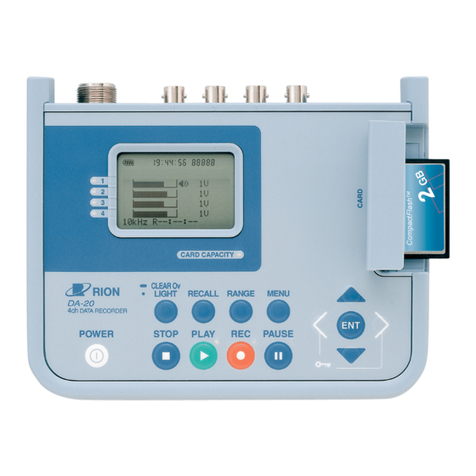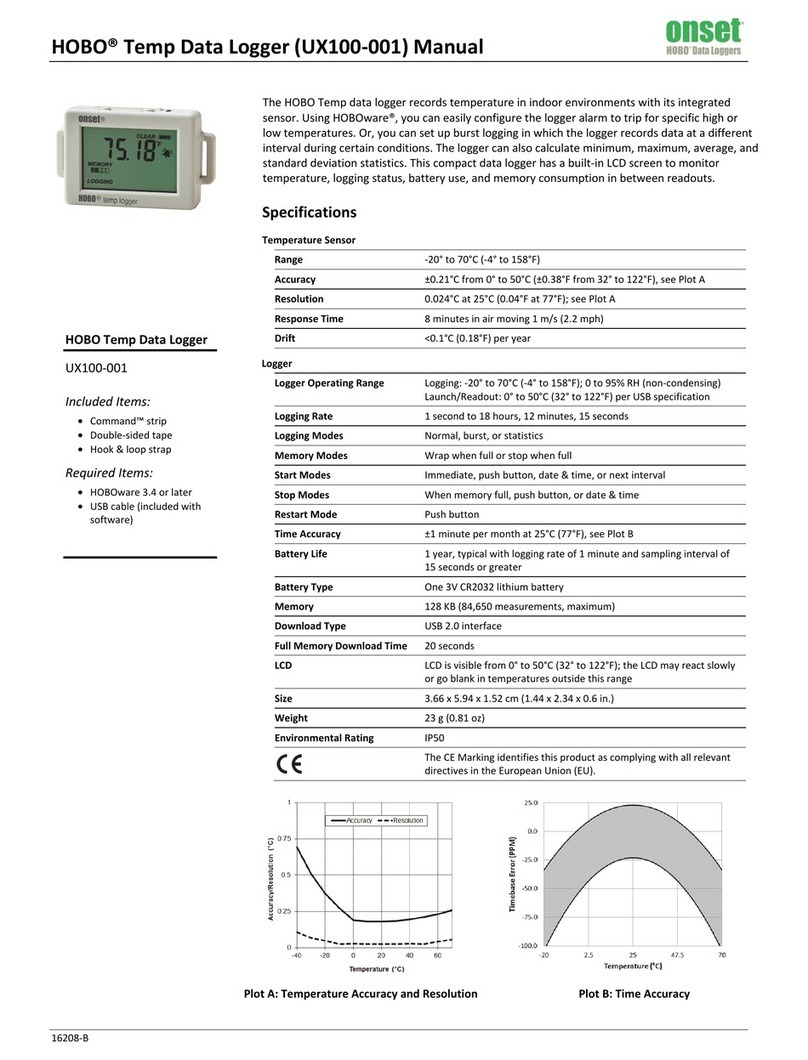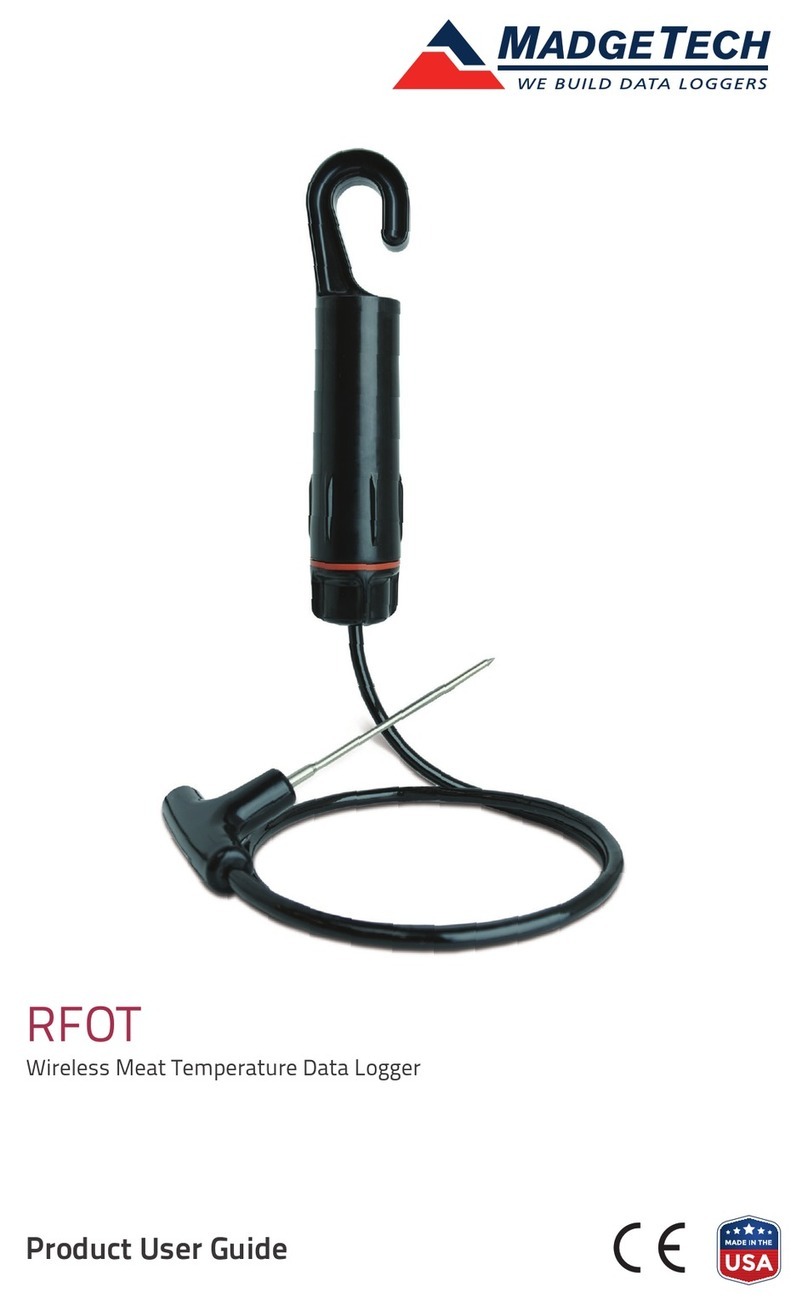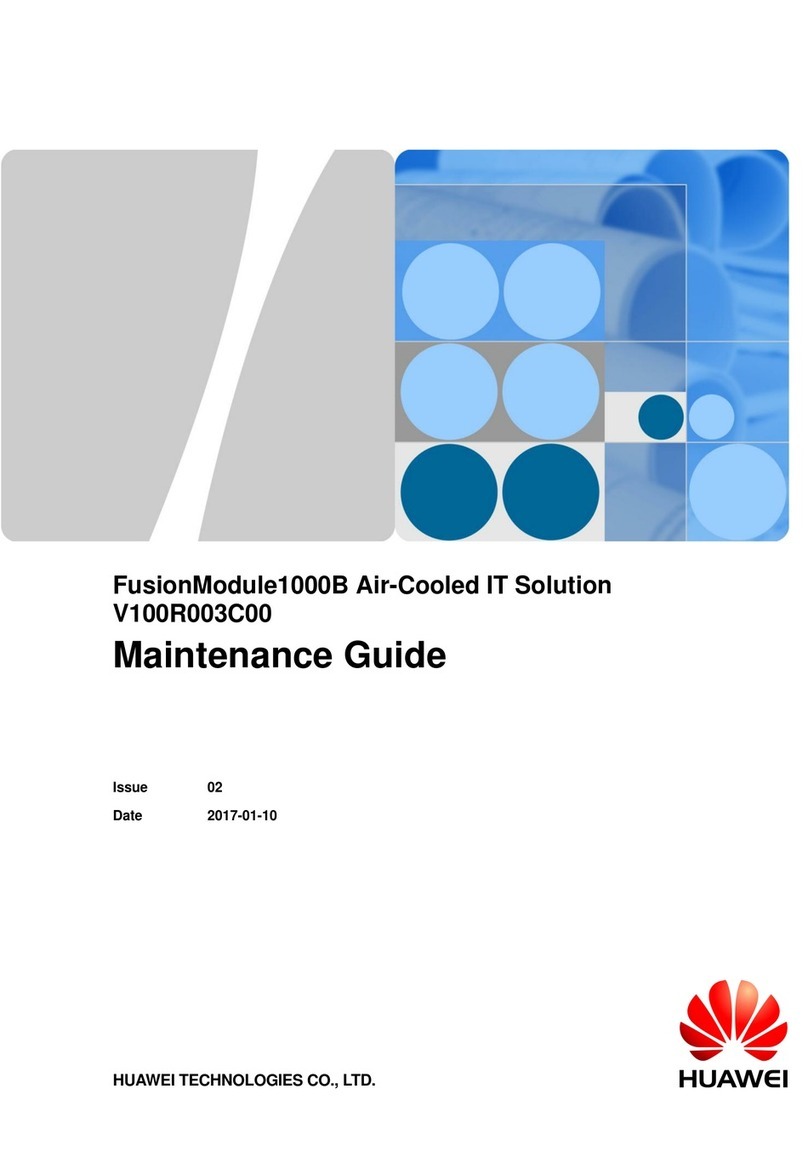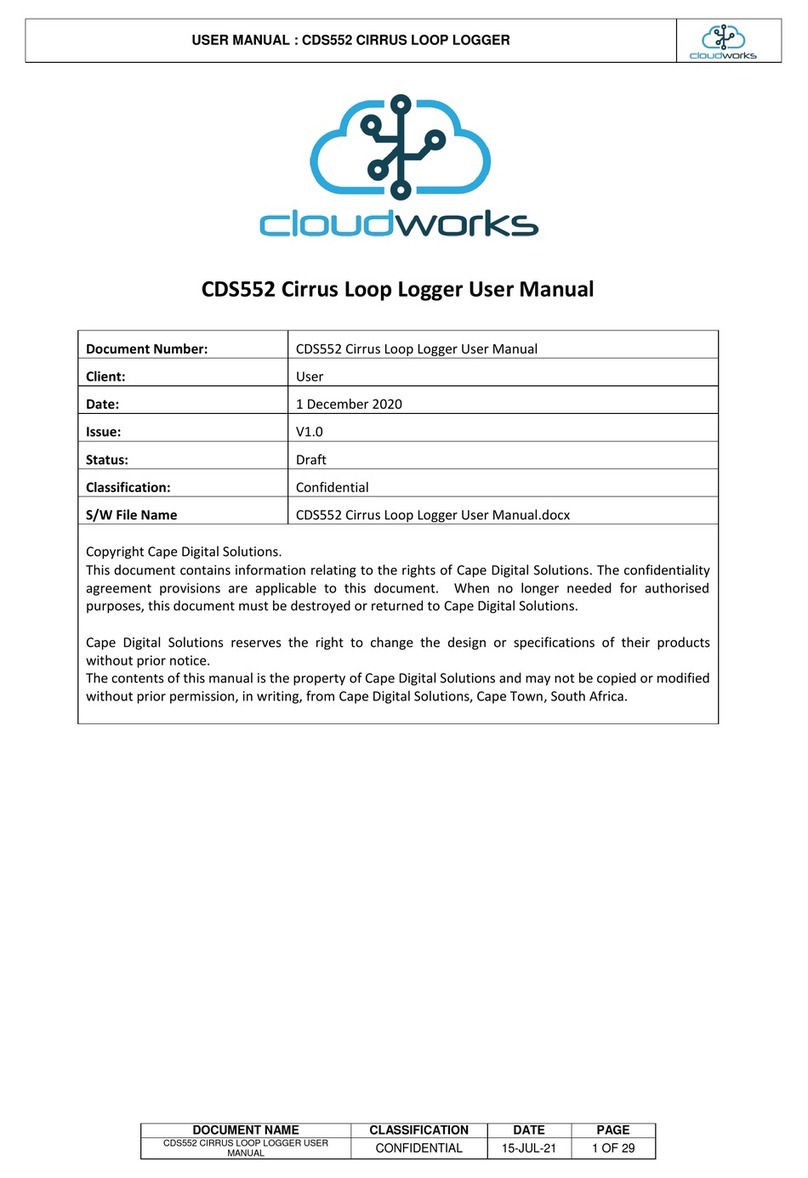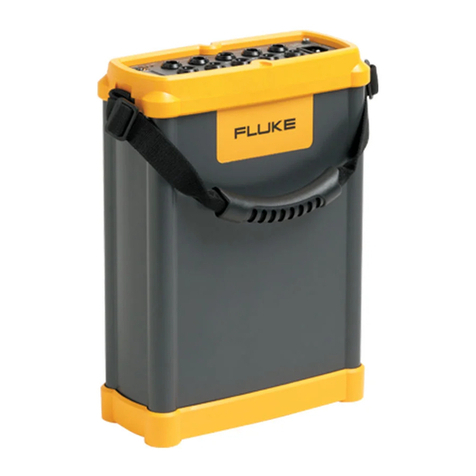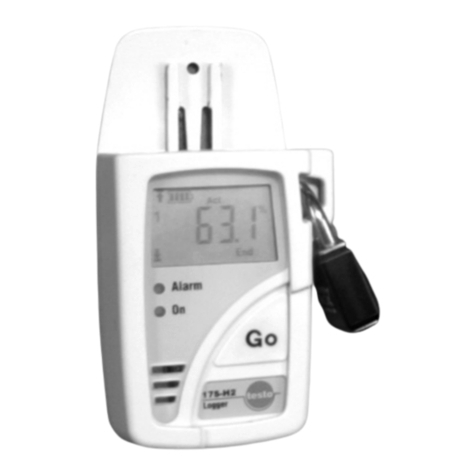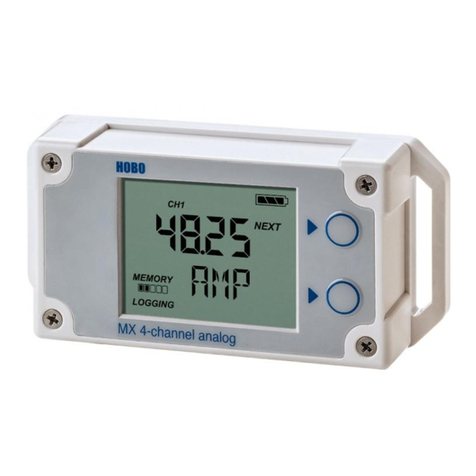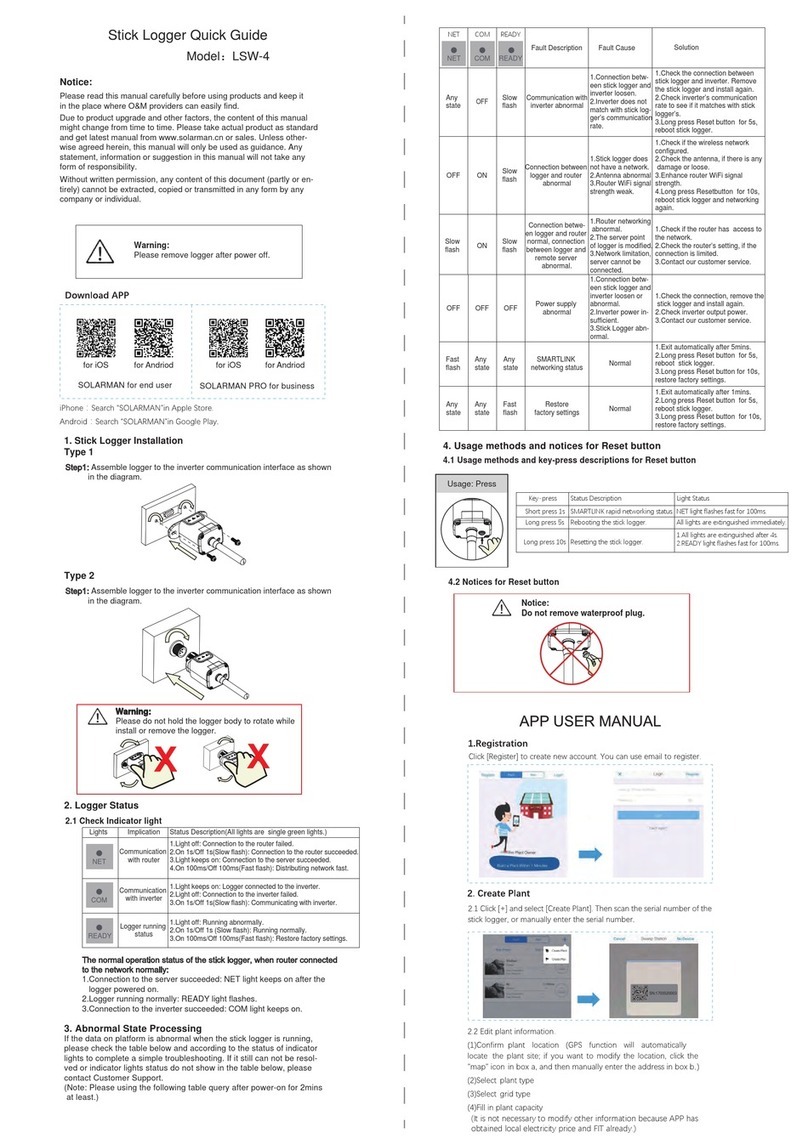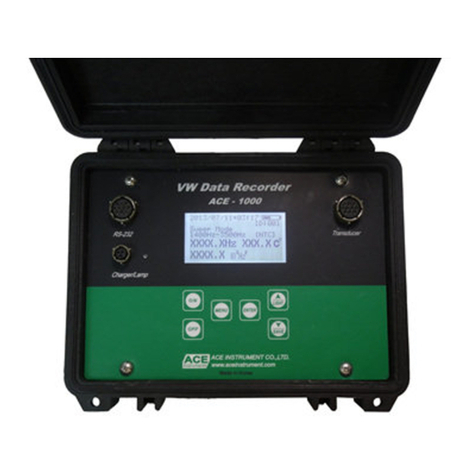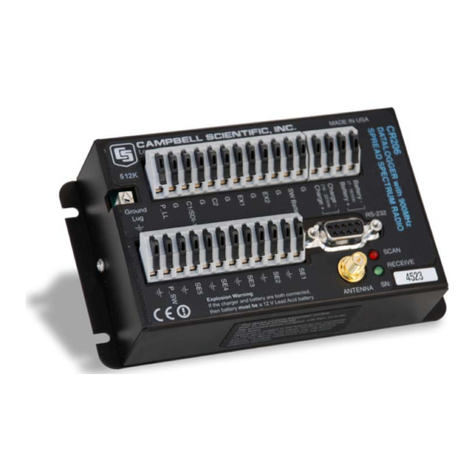Biocontrol VaDia User manual

Understanding VaDia Viewer data v1.0 1/12 www.biocontrol.no/vadia
Understanding VaDia Viewer data
1. FOREWORD
This document is intended to help you understand the data logged with your VaDia.
It contains interesting examples of real-life VaDia recordings and a short explanation of what
you see and what can be concluded.
This document is written for (semi-) professionals in the dairy industry and assumes a basic
knowledge and understanding of milking.
This document is nr. 3 of the following 3 documents:
‘VaDia Startup Guide’
‘VaDia Viewer User Manual’
‘Understanding VaDia Viewer data’.
Latest versions of these documents can be found on our website www.biocontrol.no
Special thanks to Odd Rønningen, Ghislain Coppejans, Johan Grolleman and the companies
that allowed them to provide their valuable input.
Disclaimer: this document has been carefully made by consulting milking experts. It is
‘informative’ and is not intended to be complete, nor can the content be warranted for
correctness and to be without errors. It is advised to be careful with making conclusions only
on the basis of VaDia recordings.

Understanding VaDia Viewer data v1.0 2/12 www.biocontrol.no/vadia
Contents
1. FOREWORD.....................................................................................................................1
Changes in this document compared to previous version .......................................................21.1.
2. WHAT CAN VADIA DO FOR YOU ...................................................................................3
3. DEFINITIONS AND BACKGROUND THEORY................................................................4
Teat-end vacuum fluctuations ..................................................................................................43.1. Short Milk Tube (SMT) vacuum recording................................................................................53.2. Mouthpiece Chamber (MPC) vacuum recording......................................................................53.3. Backspray.................................................................................................................................53.4. Vacuum drop over the cluster...................................................................................................53.5.
4. INTERESTING EXAMPLES..............................................................................................6
Comparison of liners and shells ...............................................................................................64.1. Comparison cluster/liner, take-off not working well..................................................................74.2.
5. ZOOMING IN TO INDIVIDUAL MILKINGS.......................................................................8
This is how we want it...............................................................................................................85.1. Re-attachment..........................................................................................................................95.2. Insufficient preparation, bimodal milk letdown..........................................................................95.3. A heafer milking......................................................................................................................105.4. Pre-stimulation pulsation........................................................................................................105.5.
6. ZOOMING IN TO PULSATION.......................................................................................11
Effect of pulsation restrictors..................................................................................................116.1. Insufficient pulsation capacity?...............................................................................................126.2.
Changes in this document compared to previous version1.1.
•V1.0 is the first released version

Understanding VaDia Viewer data v1.0 3/12 www.biocontrol.no/vadia
2. WHAT CAN VADIA DO FOR YOU
VaDia gives you a good indication of the performance of the milking equipment, e.g. the
following can be recorded and analyzed with VaDia:
•Average teat end vacuum with milk flow
•Irregular vacuum fluctuations and heavy vacuum drops that indicate insufficient vacuum
capacity (vacuum reserve and under-dimensioned transport capacity)
•Milk flow profile per cow:
- Proper preparation (fast milk release)
- Over milking (no milk flow but still milking)
- Duration of the end of milking delay, ACR too slow, too early, etc
In many recordings VaDia gives a good milk flow indication. This suggests that accurate
milk flow recording is not always necessary to obtain a good milk flow profile.
•Backspray (vacuum at teat end higher than vacuum in the cluster, milk and pathogens
spray back into the teat end)
•Analyze performance of special features such as pre-stimulation pulsation settings,
Duovac, milk flow commanded pulsation variation, etc. In practice these features are often
of less use, even counter effect because of incorrect set-up and/or the cows react
differently than expected
•Measure vacuum resistance (flow capacity) of a cluster
•Monitor the effect of adjustments to vacuum and pulsation
•Monitor claimed liner characteristics and improvements
•Verify if these liner dimensions are the most suitable for these teats
•Verify if vacuum drops and irregular vacuum fluctuations are according to the standard
This document explains some real-life recordings so that you can recognize a normal milking
and understand typical abnormalities yourself.
This document is by all means not intended to be complete or list all possible causes and
effects, but is intended as the starting point for your own knowledge base that will increase
every time you use VaDia.

Understanding VaDia Viewer data v1.0 4/12 www.biocontrol.no/vadia
3. DEFINITIONS AND BACKGROUND THEORY
Teat-end vacuum fluctuations3.1. Teat-end vacuum stability and pulsation setting are of major influence on the udder health.
All components in the milking equipment (liner, milk tube, cluster, milk line, vacuum regulator,
sanitary trap, etc.) have a dynamic vacuum behavior; the teat-end vacuum therefore is not
equal to the system vacuum.
Clusters are connected to the same milk line and their behavior (attachment, kick-off, etc.)
influences the vacuum in the milk line and therefore in other clusters on that line.
Teat-end vacuum variations can be categorized in three groups:
•Slow vacuum variations:
Teat-end vacuum slowly differentiates from the machine vacuum. This is typically the
result of ‘transport resistance’, i.e. a milk flow dependent vacuum drop between teatcup,
cluster and the milkline. This can be caused by e.g. flow meters, vacuum shut-off valves,
narrow tubes, not enough slope, poor reserve capacity and air leaks.
•Cyclic vacuum variations
Caused by opening and closing of the liner. Typical norm (ISO 5707 and 6690):
- alternate pulsation: ± 5 kPa
- simultaneous pulsation: ± 10 kPa
Note that the norm indicates that simultaneous pulsation (a.o. DairyMaster) gives more
cyclic vacuum fluctuations. This is because all 4 teats get vacuum at the same time which
has an effect on the cluster vacuum. In case of simultaneous pulsation VaDia Viewer
assessment therefore may indicate too many irregular vacuum fluctuations. This can also
happen in case of some automatic milking systems (robots).
•Irregular vacuum fluctuations
This is caused by unintended sudden air inlet, e.g liner slips in the cluster under-test or
attachment, removal or fall-off of other clusters. Putting a bucket to the milkline,
overloading of the milkline and shortcoming of vacuum regulation can also result in
irregular fluctuations.
Mouthpiece
Mouthpiece Chamber (MPC)
Teat
Teatcup (shell)
Pulsation chamber
Liner (inflation)
Short Milk Tube (SMT)
Short Pulsation Tube (SPT)
Long Pulsation Tube (LPT)
Long Milk Tube (LMT)
Cluster (claw-piece)

Understanding VaDia Viewer data v1.0 5/12 www.biocontrol.no/vadia
Short Milk Tube (SMT) vacuum recording3.2. The SMT vacuum is a good indication of the teat-end vacuum.
The SMT vacuum is also an indicator of milk-flow. This is based on the common mechanism
that vacuum level decreases when milk flow increases.
Mouthpiece Chamber (MPC) vacuum recording3.3. MPC vacuum helps keeping the teatcup stable on the teat. Too low MPC-vacuum increases
the risk of liner slips and fall-offs, while too high MPC-vacuum causes trauma to the teat.
MPC-vacuum variations can indicate air being sucked-in (liner-squeak and –slip) and can
indicate that a liner must be selected that is more suitable for the teats in the herd.
A sudden change in the MPC-vacuum occurs when milk flow from the teat stops; this is used
to decide the time of start overmilking of the teat.
Backspray3.4. Backspray of milk happens when the teat-end vacuum is higher than the cluster vacuum.
This is caused by the liner movement, which causes volume changes under the teat.
Backspray is a known cause of mastitis because pathogens can spray with the milk into the
teat-end.
Backspray can be recorded by measuring SMT at the same time at two points: close to the
teat-cup and close to the cluster (or in the LMT).
Vacuum drop over the cluster3.5. The milk should flow from the teat to the milk line as fast and smooth as possible without
turbulence. This is significantly influenced by the vacuum resistance (drop) of the cluster.
Vacuum drop can be recorded by measuring SMT and LMT at the same time.

Understanding VaDia Viewer data v1.0 6/12 www.biocontrol.no/vadia
4. INTERESTING EXAMPLES
Comparison of liners and shells4.1. Below table lists a report of a milking with series 1 having different liners and shells than
series 2. Interesting differences are recorded in machine-on-time, overmilking, teat-end
vacuum and mouthpiece vacuum.
MPC vacuum in series 2 is lower and better than series 1, which is too high, causing
congestion.

Understanding VaDia Viewer data v1.0 7/12 www.biocontrol.no/vadia
Comparison cluster/liner, take-off not working well4.2. Below table lists a report of a milking with series 1 from a different cluster/liner than series 2
(both simultaneous pulsation). Here interesting differences are recorded in cyclic vacuum
fluctuations. Which cluster/liner combination would you want?
Later the farmer mentioned that he had the idea that the take-off setting of series 2 was not
so good. ‘Not so good’ was here about 1:30 minutes overmilking!
≈1:30

Understanding VaDia Viewer data v1.0 8/12 www.biocontrol.no/vadia
5. ZOOMING IN TO INDIVIDUAL MILKINGS
Below is a nice example of a ‘normal’ individual milking assessment. Please refer to chapter
6 of the VaDia Viewer manual about definitions of milking phases and calculation methods or
go to: http://www.biocontrol.no/index.php?root=comm&branch=vadia&leaf=manuals
Further explanations and examples assume this basic knowledge.
SMT (red circle below) indicates significant milk flow, this is the peak flow period.
This is how we want it5.1. Below two images are of the same cow recording (cow 02). Immediate milk release, fast
milking, no overmilking. Chan 1 = SPT, Chan 2 = SMT, Chan 3 = MPC1, Chan 4 = MPC2

Understanding VaDia Viewer data v1.0 9/12 www.biocontrol.no/vadia
Re-attachment5.2. The large SMT variation in below picture is typical for simultaneous pulsation. But such a re-
attachment (kick-off?) sure won’t feel nice for the cow.
.
Insufficient preparation, bimodal milk letdown5.3. Below we can see that SMT vacuum fluctuations increase with increasing milk flow on a cow
with bimodal milk letdown.
First the cisternae milk is released, then the flow stops (insufficient preparation) until the
alveolar milk is released.
A sudden large drop in SMT vacuum is probably caused by a liner slip and teatcup
repositioning on the teat.
Changes in the MPC vacuum fluctuations coincide with changes in SMT fluctuations, and
denote the end of milk flow from the relevant teat.

Understanding VaDia Viewer data v1.0 10/12 www.biocontrol.no/vadia
A heafer milking5.4. The MPC vacuum is identical to SMT vacuum. This happens when the teat is not entering
the liner barrel. In this setting the teat is milked without pulsation, i.e. with constant vacuum
on the whole teat without any massage from the liner.
Pre-stimulation pulsation5.5. Chan1 = SPT, Chan2 = SMT. Red circle: pulsation goes to stimulation mode in the beginning
of the milking.
-2
3
8
13
18
23
28
33
38
16:27:45 16:29:12 16:30:38 16:32:05 16:33:31 16:34:57 16:36:24
Graphics: VaDia by BioControl
Chan1 Chan2

Understanding VaDia Viewer data v1.0 11/12 www.biocontrol.no/vadia
6. ZOOMING IN TO PULSATION
Even though the timing of the pulsation phases is not accurately indicated, the recording is
accurate enough to give valuable information.
Effect of pulsation restrictors6.1. Below top picture is of pulsation without restriction, bottom picture is with restriction.

Understanding VaDia Viewer data v1.0 12/12 www.biocontrol.no/vadia
Insufficient pulsation capacity?6.2. The ripple on the pulsation in below picture causes a variation in the teat-end vacuum. This
vibration during the B-phase can be irritating for cows and make them nervous.
This seems to be caused by oscillations in the vacuum system, about 12 Hz. This may be a
problem, but this can only be concluded when the explanation is found.
Other manuals for VaDia
1
Table of contents
Popular Data Logger manuals by other brands
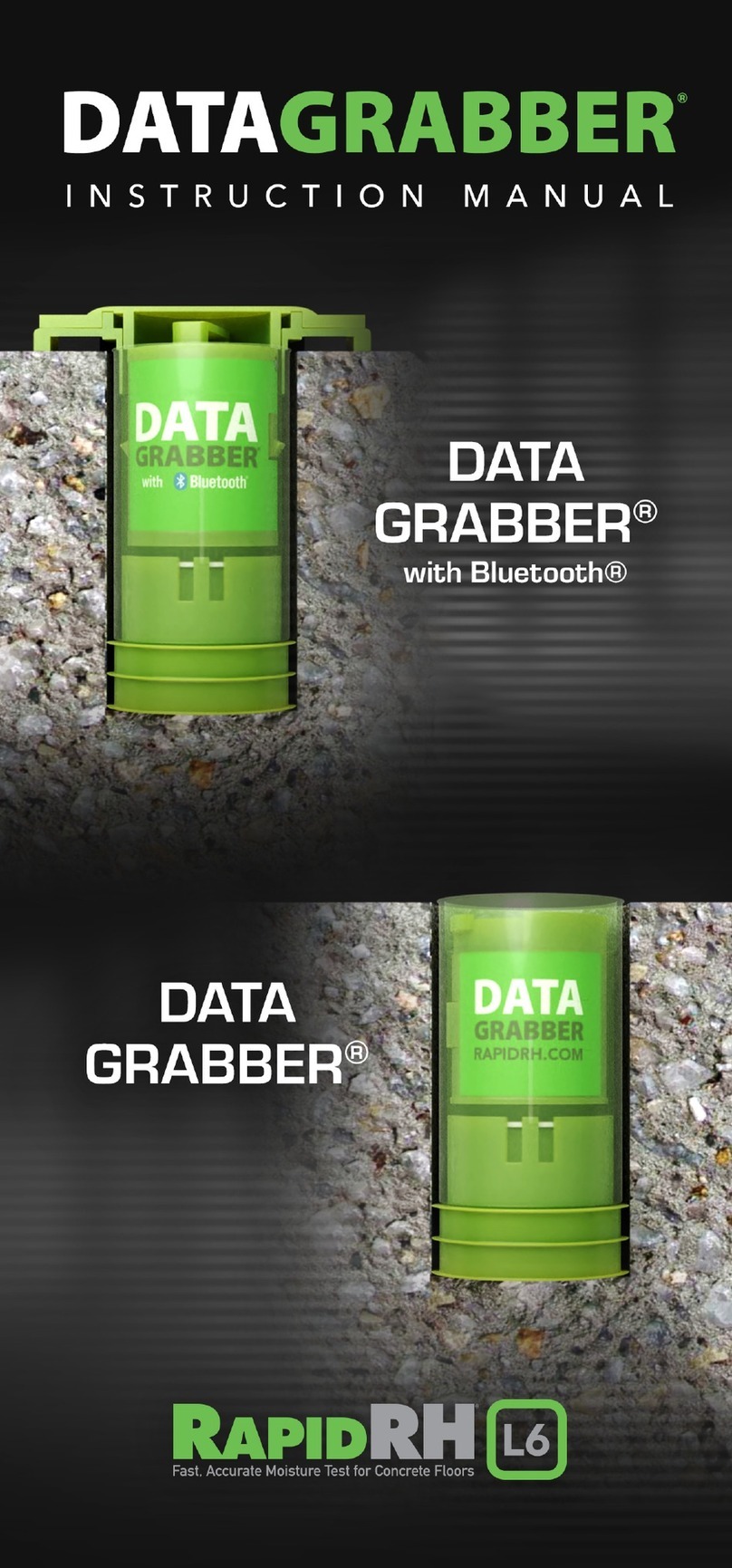
DATAGRABBER
DATAGRABBER RapidRH L6 with Bluetooth instruction manual

MadgeTech
MadgeTech RHTemp101 Product Information Card

Cypress Envirosystems
Cypress Envirosystems WGR user manual
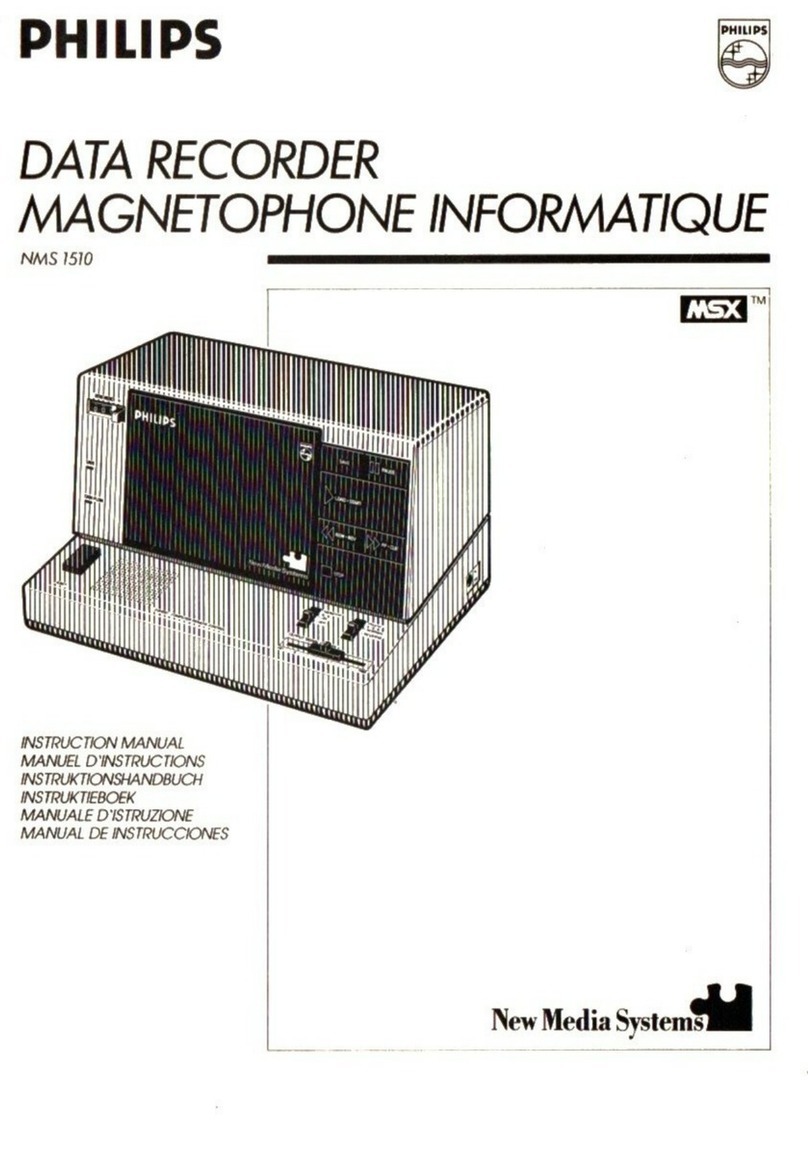
Philips
Philips MSX NMS 1510 instruction manual

AEMC
AEMC Simple Logger II Series user manual
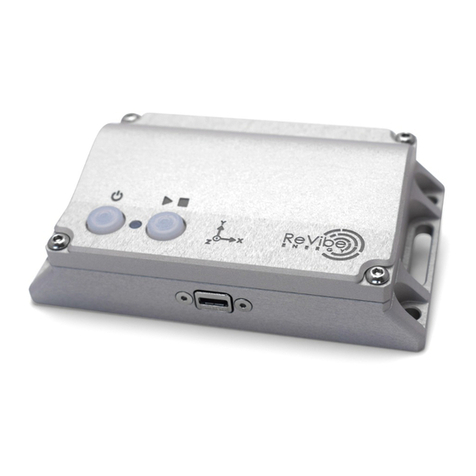
Revibe
Revibe ReLog S Users manual & quick start guide
